 The culture column of the Bay Area section of the New York Times, which I write every two weeks, had been a bit of a moving target content-wise since I started the gig nearly a year ago. I’m often asked by arts organizations and independent PR people what kind of stories my editors and I are looking for on the culture front. Here are some pointers to help anyone who feels like pitching me:
The culture column of the Bay Area section of the New York Times, which I write every two weeks, had been a bit of a moving target content-wise since I started the gig nearly a year ago. I’m often asked by arts organizations and independent PR people what kind of stories my editors and I are looking for on the culture front. Here are some pointers to help anyone who feels like pitching me:
1. The idea has to be arts-related. The mandate is broad — I’ve written about everything from the Burning Man Festival’s radio station to the San Francisco Ballet. But for some reason, my editors don’t seem to want to me to cover books. Also, generally (though not always), they have me try to steer clear of topics that are related to culture but don’t necessarily fall into the traditional “arts” categories e.g. dining, travel.
2. The idea must have a strong Bay Area focus. That is, it should not only mention upcoming events happening in the region, but also preferably point to local artists, organizations, trends happening around here etc.
3. The idea should have an interesting/new story to tell or insight to reveal on local culture. It’s not enough that an event is coming up that may be of interest to readers. There has to be a compelling reason in addition to the happening that is worth talking about. I need to have a clear idea of why my readers should care about the particular topic in question.
4. The idea should preferably provide an opportunity to range beyond the scope of talking about one artist/event/organization and be something that is possible to contextualize and think of in terms of the broader cultural scene.
5. If possible (and this isn’t always possible) there should be more than one event of its kind going on at around the same time or organization / artist to talk about within the same story. This helps to provide a greater sense of context and gives readers more than one thing to go and experience.
Last week’s column about the Oakland Museum’s new exhibition by Mark Dion is a good example of the kind of “ideal” Bay Area arts column for the NY Times. It has the local news peg, leverages not only event/organization but several in order to shed light on a current trend in museums, and even includes a bit of room for critical insight. You can read the piece here.

 Watched the second installment in what’s beginning to look like a fab series of educational films about the works of William Shakespeare.
Watched the second installment in what’s beginning to look like a fab series of educational films about the works of William Shakespeare. 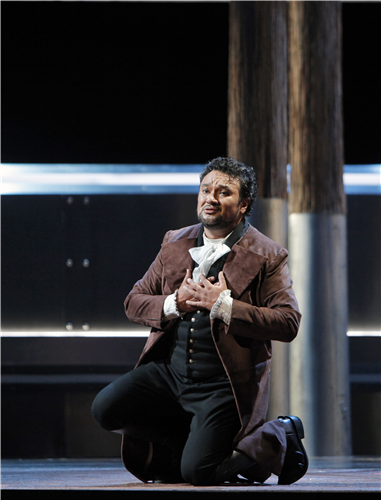 Werther, the central character in Jules Massenet’s four act opera of the same title based on The Sorrows of Young Werther by Goethe is an emotional yo-yo. He experiences soaring highs and wallowing lows. If he were alive today, medics would brand him as being bipolar.
Werther, the central character in Jules Massenet’s four act opera of the same title based on The Sorrows of Young Werther by Goethe is an emotional yo-yo. He experiences soaring highs and wallowing lows. If he were alive today, medics would brand him as being bipolar. An interesting question came up over tea this morning with Helene Whitson, the creator of the useful and exhaustive
An interesting question came up over tea this morning with Helene Whitson, the creator of the useful and exhaustive 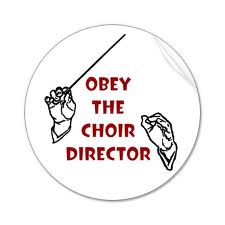 A question I’ve been asking myself lately is this: Why is it that so many choral conductors treat their singers like children? I’m talking adult ensembles here, not ones composed of minors.
A question I’ve been asking myself lately is this: Why is it that so many choral conductors treat their singers like children? I’m talking adult ensembles here, not ones composed of minors.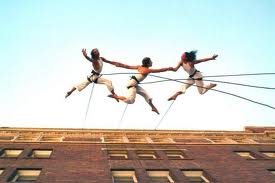 The weekend went by in a blur. Some highlights:
The weekend went by in a blur. Some highlights: This morning I awoke to the
This morning I awoke to the 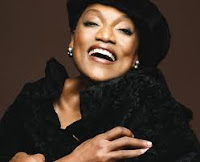
 The current sorry state of the arts journalism profession was made very visible last night at the
The current sorry state of the arts journalism profession was made very visible last night at the 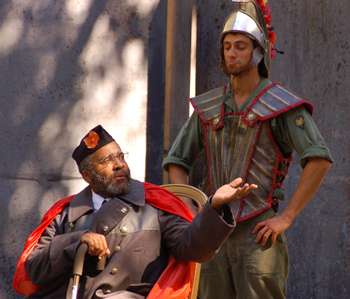
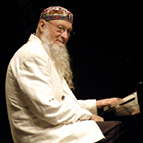 I imagine that there are few other places in the world you can go where, within the space of an hour or two, you can:
I imagine that there are few other places in the world you can go where, within the space of an hour or two, you can: The relationship between public relations professionals and (arts) journalists often feels uneven to me. PR people seem to know much more about — and are acutely sensitive towards the needs of — the journalism profession than journalists know are are about PR people, as many PR people have been reporters or editors in the past (journalists rarely come to the profession from a career in marketing). And I think there are a lot of journalists who look down their noses at the PR industry. If a journalist leaves the profession to pursue PR, his or her colleagues will often accuse them of “selling out.”
The relationship between public relations professionals and (arts) journalists often feels uneven to me. PR people seem to know much more about — and are acutely sensitive towards the needs of — the journalism profession than journalists know are are about PR people, as many PR people have been reporters or editors in the past (journalists rarely come to the profession from a career in marketing). And I think there are a lot of journalists who look down their noses at the PR industry. If a journalist leaves the profession to pursue PR, his or her colleagues will often accuse them of “selling out.”